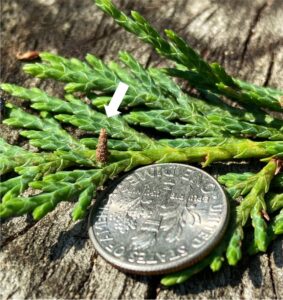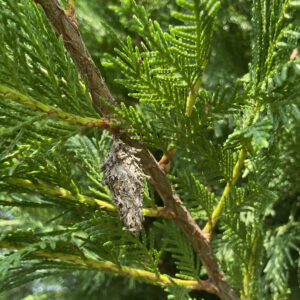In this edition:
- Insects – Pest Scouting with growing degree-days (250-600 GDD50)
- Scales
- Mites
- Diseases
- Needle casts (Rhabdocline and Swiss needlecasts – Douglas fir, & Rhizosphaera – spruces)
- Phytophthora
- Soil fertility – resources
Please click “read more” below to get updates on pests, diseases, and other important resources for the week of 5/15/2023.
 .
. 
